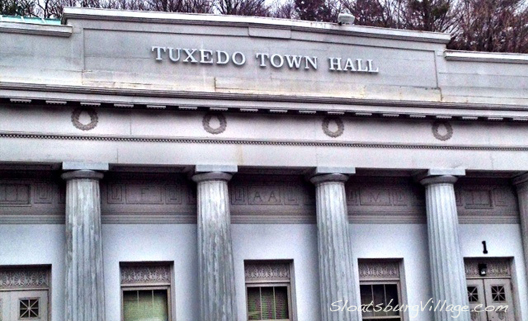
The Town of Tuxedo suffered the scrutiny of an assessment by the Times Herald-Record Sunday, which reported that behind “the facade of wealth and exclusivity, the town can barely pays its bills.”
Perhaps it’s a bane of bedroom communities, the lack of local commerce and identifiable cultural identity; but the corridor that winds through Sloatsburg and Tuxedo appears to be suffering from an economic malaise. There are any number of shuttered businesses along Rt. 17, some empty for years now.
Writing for the Times Herald-Record, Hema Easley has captured the local zeitgiest in an article that explores in broad strokes but somewhat accurately the “economic gloom” that has set in in these Ramapo Highland hills. Easley’s article focuses specifically on the struggles of the Town of Tuxedo, but remove Tuxedo Park from the equation and what remains would look familiarly like Sloatsburg — a middle class commuter community that relies on motoring further afield into neighboring villages or New Jersey for many of life’s necessities, all the while facing a rising cost of living amid diminishing local prospects.
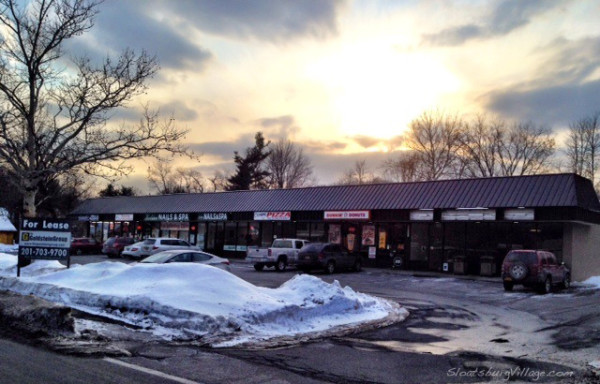
Twilight at Sloatsburg’s center village strip mall that combines the popular Hayward’s Deli and Dunkin’ Donuts with a storefront empty for several years.
George Kamvosoulis, owner of the popular Orange Top Diner, summarized the pall pretty succinctly: “Business-wise, the town for me is dead,” said Kamvosoulis one recent morning as he discussed the possibility of shutting down the diner. “The people living here are poor. They can’t support me or other businesses.”
Sometimes an outsider’s eye sees things in sharper focus — closed storefronts, lack of pedestrian traffic, high taxes and cost of living, shortage of local amenities, and lack of any community identity to hitch a star to. Of course, the outside gaze might miss local nuance, including the disparate pace of semi-rural community life and small, bright moments of pride.
Forever waiting at the crossroads
The Times Herald-Record article had its roots in a Christmas Eve Tuxedo Chamber of Commerce-sponsored tour of the town, which had just suffered the bruising Genting Americas resort casino fight — and was ultimately rejected by the NY state casino location board. The casino debate fleshed out the town’s philosophical fault lines — limited growth proponents who advocated against intrusion into the surrounding state park versus municipal and business interests that envisioned the casino as a sort of deus ex machina gift to town commercial stagnation, decreasing ratables, increasing taxes, and school district transition.
As Tuxedo Chamber President Bill Sweet wrote after Easley’s article dropped this past Sunday, “we wanted to focus on the people that are currently hard at work making Tuxedo a better place to live and work.”
The enthusiastic tour instead produced an article where the reporter looked wide and saw and heard “debt and discord.” But as is often the case with important moments, clarity is critical before action can be taken.
While we cannot disagree with the assessment, the article ignores the positive things going on today – @LiveTechnology for example
— Tuxedo Chamber (@tuxedochamber) February 15, 2015
As Easley accurately points out, Tuxedo is wedged in, with 77% of the town’s land designated as Sterling Forest or Harriman State parkland, some of it set aside specifically to protect the interstate water supply, leaving just 23% for town use. The casino fight harnessed the combined efforts of many of the area’s powerful park advocates to defeat the proposed development, from the Friends of Sterling Forest to the New York-New Jersey Trail Conference to the Palisades Interstate Park Commission.
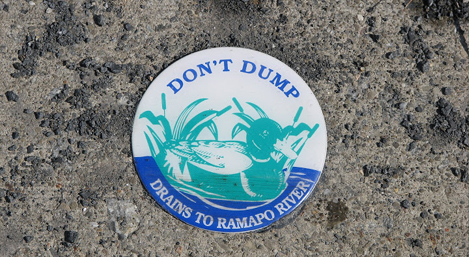
Curbside badges in Orange County caution dumping into storm drains that empty into the Ramapo River / Photo by Geoff Welch
The wider regional environmental effort focused on protecting what it saw as vital headwaters for interstate water supplies in the Ramapo Valley and Wanaque Reservoir. But many also rejected to Sterling Forest Resort and Casino because they believed the project was wrong for the area. An apparently dispirited Tuxedo Supervisor Mike Rost described how Genting, after its casino defeat, briefly considered refurbishing the Tuxedo Ridge Ski center in Tuxedo, complete with hotel (an excellent idea), but abandoned the effort. “We are beyond frustrated,” said Rost in the Recordonline article. Tuxedo is in a financial bind, with a purported $1 million deficit and the Tuxedo School District at a very real crossroads. In the fall of 2015, the Tuxedo schools will face life without its near 30 year agreement with the Village of Greenwood Lake, which supplied 2/3 of its high school students. If Tuxedo’s STEM academy charter school conversion plan is rejected by the New York, then all bets are off for the school district’s continued survival.
The trouble with scapegoating environmentalists
Easley’s article, perhaps unintentionally, pits those active in supporting the region’s parklands and water supply that feeds Rockland and Northern NJ as villains standing in the way of development and economic prosperity. Cast as obstinate obstacles, environmentalists apparently include anyone and everyone in the area and beyond apprehensive of development, from those who enjoy a nice hike in their backyard park to professional natural resource preservationists to those that steadfastly oppose any encroachment on parklands — and often recoil at the thought of recreation within the park as it might invite too many people.
The truth is much more complex.
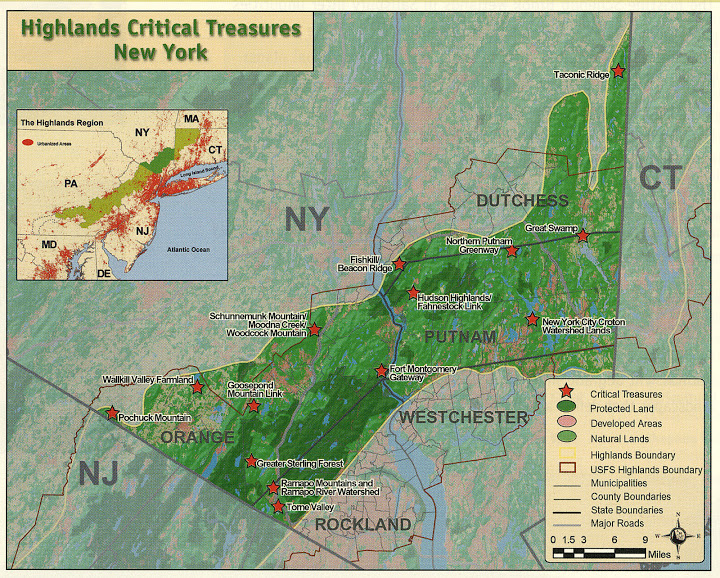 So-called environmentalists have every right to be sensitive, as park encroachment and despoilment of the Ramapo River runs counter to this region’s longterm viability. There are several concrete examples of destructive bulldozer businesses, where the town collects fees and other revenue while seemingly ignoring real environmental issues — see the town’s contracted mulch pile on Long Meadow Lake Road that became a smoldering mess and the current mountain of topsoil at DeMarino Trucking on the banks of the Rampo River on Rt. 17.
So-called environmentalists have every right to be sensitive, as park encroachment and despoilment of the Ramapo River runs counter to this region’s longterm viability. There are several concrete examples of destructive bulldozer businesses, where the town collects fees and other revenue while seemingly ignoring real environmental issues — see the town’s contracted mulch pile on Long Meadow Lake Road that became a smoldering mess and the current mountain of topsoil at DeMarino Trucking on the banks of the Rampo River on Rt. 17.
The inherent value and bane of Tuxedo and Sloatsburg happen to be one and the same — location, location, location. The river, wetlands and green park lands that surround this corridor are certainly an attractive draw, have always been a draw (see the history of the founding of Tuxedo Park itself).
Parklands alone may not provide an economic engine that can sustain the area winter, spring, summer, and fall. Supervisor Rost may be right that hikers won’t materially make a dent in town coffers, but trail tourism can provide a meaningful way to brand Tuxedo and Sloatsburg, and transform both communities via a coherent municipal mission — say, one that firstly welcomes all those park adventurers and scenic tourists.
We are committed to making Tuxedo a better place to live and work. If you’d like to help, please contact us.
— Tuxedo Chamber (@tuxedochamber) February 15, 2015
Become the gateway community you are
Nyack has the Hudson River. This area has the Ramapo Highlands that include scenic hills and trails and hidden waterways, and offer viable economic and cultural development compatible with the geographical setting.
Sterlington Station on Seven Lakes Drive in Sloatsburg comes to life in the spring and summer months, with hikers and bikers and tourists making last chance stops.
Kristy Apostolides said in the Times Herald, “Tuxedo is like NYC’s great big back yard, and we should be encouraging people to come play.”
Rodger Friedman, from Sterling Forest Partnership, said in the Times Herald article that the parks are “an economic resource that Tuxedo doesn’t recognize.”
That assessment goes for Sloatsburg as well.
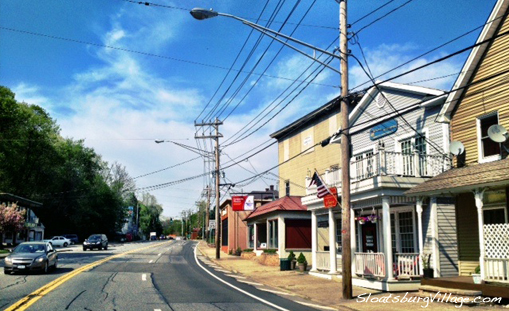
Sloatsburg, NY looking north toward Tuxedo along Rt. 17.
Sloatsburg (with credit to Ramapo Supervisor Christopher St. Lawrence, the town, and those who advocated on the local level) has acted to protect and preserve its semi-rural character and surrounding scenic beauty — the efforts include semi-recent development battles that divided the village, which resulted in preserving Liberty Rock and adjacent acreage as a parkland.
On the other hand, the Sloatsburg central village currently has no crosswalk for residents and visitors to get from one side of Rt. 17 to the other without looking both ways and making a dash for a safe crossing. If the village isn’t pedestrian friendly to those who pay the bills, and doesn’t own the pace of traffic through its center village, what does that say to weekend adventurers?
Why not encourage pedestrian circulation in village and town via signage and walkways that make connections to the surrounding park assets and commuter hubs (bus and train)?
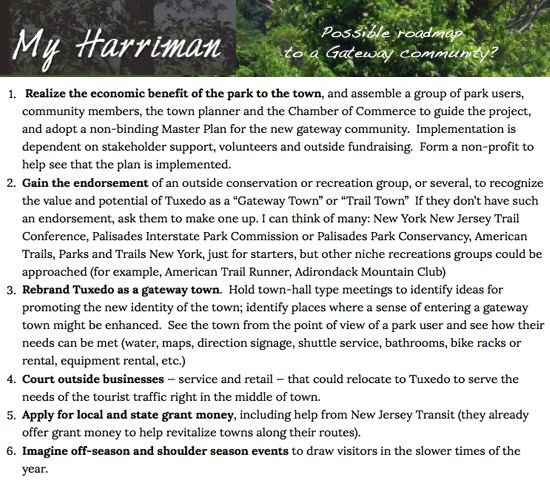 Suzy Allman of MyHarriman.com has said, “signs help with a sense of place and boundaries, of arriving and departing. Walkability … benefits the park, but also affects livability, property values and attractiveness to business.”
Suzy Allman of MyHarriman.com has said, “signs help with a sense of place and boundaries, of arriving and departing. Walkability … benefits the park, but also affects livability, property values and attractiveness to business.”
Both Tuxedo and Sloatsburg should embrace the idea of being “Gateway to the Parks” — the parks provide both with their essential geographical and lifestyle value. A start might be to own the motto “Gateway to the Parks” and work in cohesive ways to make that motto a defining characteristic of local community — for Sloatsburg, create a more pedestrian-friendly village center that reflects it rustic character, history and surrounding physical beauty — provide residents and visitors alike a transportation shelter, walkable central village pathways, handy park and village information.
Empty store fronts and abandoned-looking local vistas sap local spirit and reinforce the zoom-through mentality encouraged by Rt. 17, currently a raceway through town and village.
To paraphrase the American troubadour Bob Dylan, those not busy being born are busy dying.
“Year after year, we’ve been shedding business, shedding clients and shedding opportunities,” said Tuxedo Chamber of Commerce President Bill Sweet in Easley’s article. “It starts to get a little frustrating.”
Economic development must benefit the local community by providing services and solutions, which takes a plan and teamwork between municipal agencies and the business community and residents, all working in tandem. Whereas open space is often a significantly undervalued asset, if a town or village dies surrounded by green space, well, then something has gone terribly wrong.
In his “The Theory of the Ratables Chase,” Dr. Leonard Hamilton argued that a recent survey of NJ, NY and CT residents revealed “deep dissatisfaction with the quality of life” in the “increasingly urban/commercial character” of where they live.
“Some 47 percent of urban residents and 40 percent of suburban residents would like to move. Where? To less urban and more rural areas,” wrote Dr. Hamilton, a Rutgers University science and technology adviser. “To put a twist on a current saying, if you build it, they will leave.”
Sloatsburg is perfectly poised to benefit from a plan of action that promotes both the surrounding parklands as well as pedestrian-friendly circulation throughout the village center. The gateway to the parks emphasis is not an economic panacea — it can, however, create for local businesses and residents a village identity, which will certainly be more appealing to driving increased visitation and commerce than the status quo.
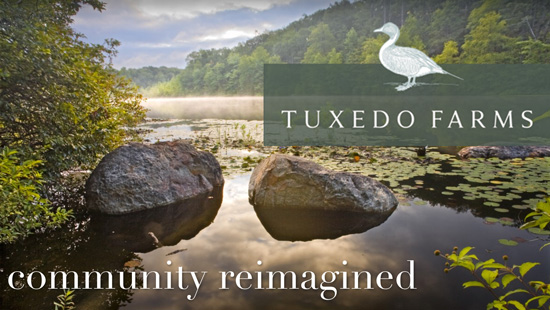 Study a moment the siren call of Tuxedo Farms, whose parent company The Related Companies has sunk significant time and capital into realizing its planned upscale multi-home community. The company obviously believes it is following a winning formula.
Study a moment the siren call of Tuxedo Farms, whose parent company The Related Companies has sunk significant time and capital into realizing its planned upscale multi-home community. The company obviously believes it is following a winning formula.
The pitch, in a nutshell: Tuxedo Farms is designed for residents who not only cherish vast recreational and entertainment opportunities, crisp open spaces, and breathtaking topography, but understand and appreciate the value of prime new construction, an attractive tax base and an extremely manageable one-hour commute to New York City.
“Our mission at the Chamber of Commerce is to tilt the scales toward the positive” said Sweet in the Tuxedo Chamber’s response to Easley’s article, which the Chamber called “tough but fair….We hope to take the focus and attention that we are getting and turn it into opportunities for business and improvement.
For years we have been building toward a moment like this. We need to make sure that the next time our town shows up in the local paper, it’s to highlight the turnaround story that begins today. We need to harness our concern and energy into positive, tangible change.”


